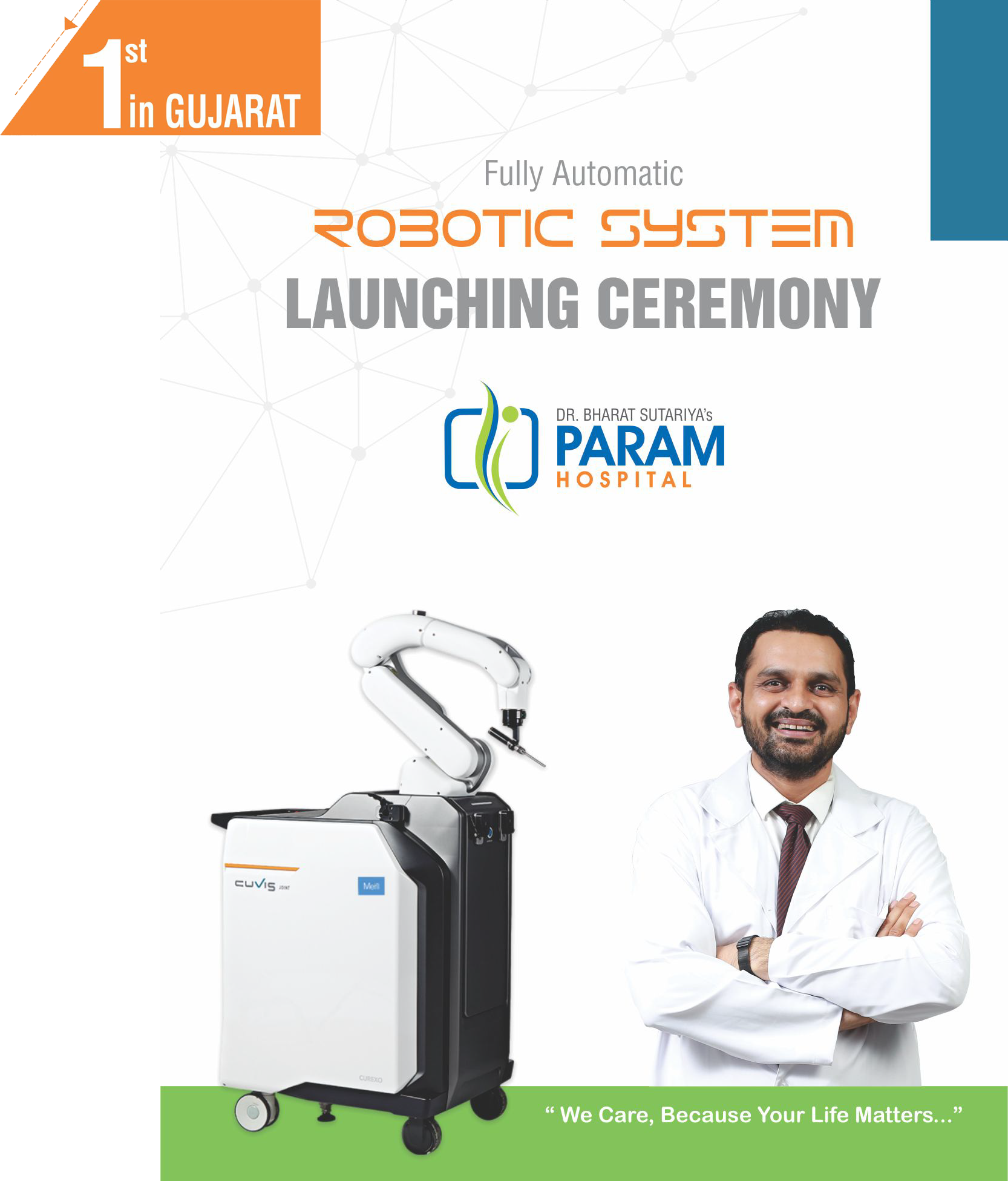
"We Care, Because Your Life Matters..."

"We Care, Because Your Life Matters..."
The knee can be divided into three compartments:
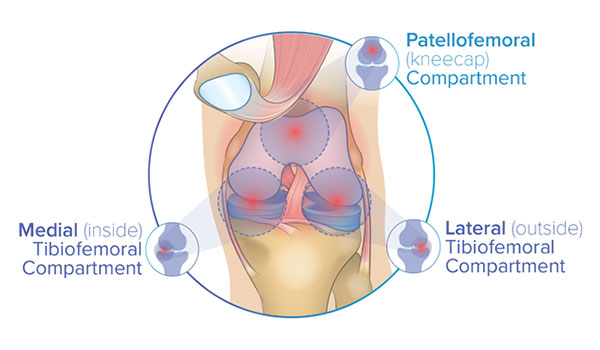
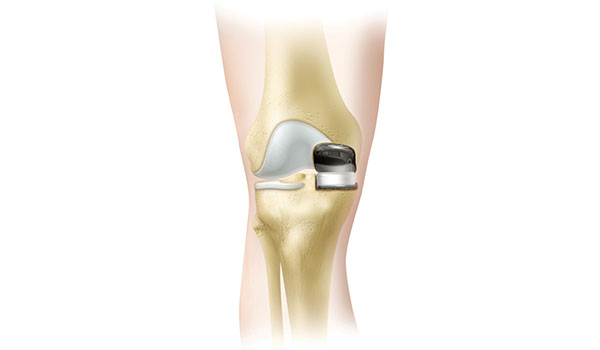
Traditionally, total knee replacement was commonly indicated for severe osteoarthritis of the knee. In total knee replacement, all worn out or damaged surfaces of the knee joint are removed and replaced with new artificial parts.
Unicompartmental knee replacement is a minimally invasive surgery in which only the damaged compartment of the knee is replaced with an implant. It is also called a partial knee replacement. Partial knee replacement is a surgical option if your arthritis is confined to a single compartment of your knee.
We have been doing this procedure since last 10 years. This requires a preoperative education program and intense postoperative pain management. The overall satisfaction rate with this procedure is approximately 90% and we expect the survivorship of the implant is approximately 20-25 years.
Unicompartmental knee replacement offers the patient with single compartment bone-on-bone knee arthritis the opportunity of improved quality of life with a fairly straightforward procedure. Often unicompartmental knee implants feel far more natural than total knee replacements because there is less disruption involved with the surgery and usually far greater range of motion and function. The operation should be performed early in the disease rather than late before other compartments of the knee are involved.
Arthritis is inflammation of a joint causing pain, swelling (inflammation), and stiffness. Osteoarthritis is the most common form of knee arthritis in which the joint cartilage gradually wears away. It most often affects older people.
We will diagnose osteoarthritis based on the medical history, physical examination, and X-rays.
X-rays typically show a narrowing of joint space in the arthritic knee.
We may recommend surgery if non-surgical treatment options such as medications, injections, and physical therapy have failed to relieve the symptoms.
During the surgery, a small incision is made over the knee to expose the knee joint. We will remove only the damaged part of the meniscus and place the implant into the bone by slightly shaping the shin bone and the thigh bone. The plastic component is placed into the new prepared area and is secured with bone cement. Now the damaged part of the femur or thigh bone is removed to accommodate the new metal component which is fixed in place using bone cement. Once the femoral and tibial components are fixed in proper place the knee is taken through a range of movements. The muscles and tendons are then repaired and the incision is closed.
Patient stay at our hospital is around 1-2 days.
We allow immediate weight bearing on 2nd post op day and stair climbing before discharge.
Foot and ankle movement is encouraged immediately following surgery to also increase blood flow in your leg muscles to help prevent leg swelling and blood clots. Most patients begin exercising their knee the day after surgery. Our physiotherapists will teach you specific exercises to strengthen your leg and restore knee movement to allow walking and other normal daily activities soon after your surgery particularly concentrating on getting the knee fully straight and flat by quadriceps contraction. Bending is encouraged but not forced, and always comes once the swelling goes down. This may take 6 weeks or more.
Some physiotherapy exercises post surgery are like
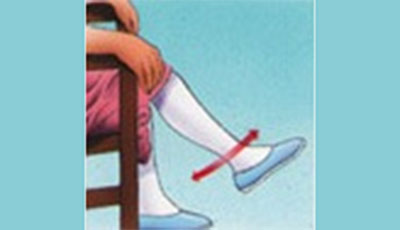
Knee bending high sitting
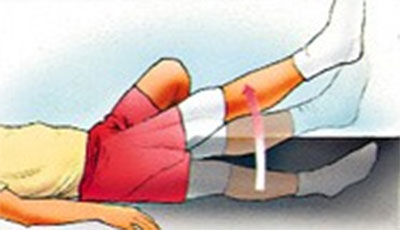
Straight leg raise
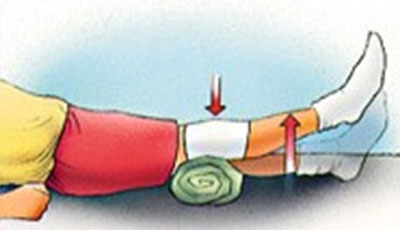
Knee quadriceps extensor
Possible risks and complications associated with unicompartmental knee replacement include:
